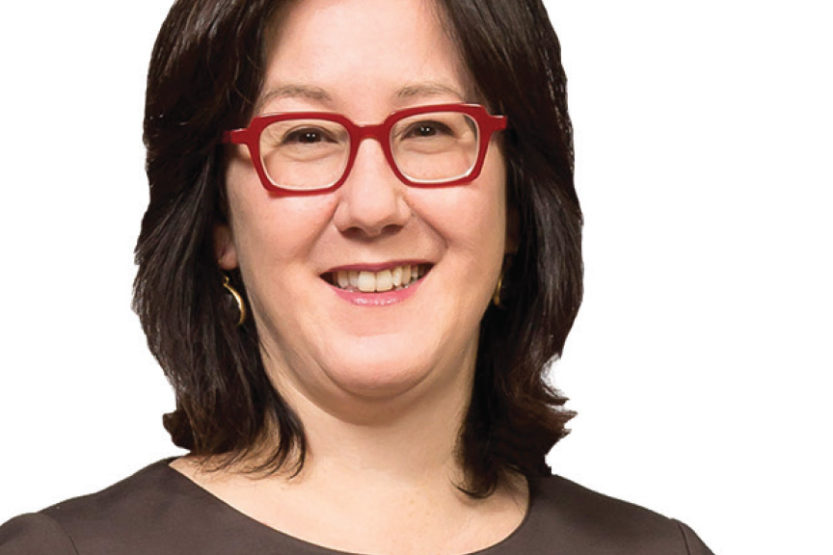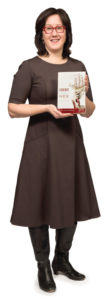In Class: History Maker
 History department head Clare Crowston. (Image by L. Brian Stauffer)
History department head Clare Crowston. (Image by L. Brian Stauffer) Few places teach Western Civilization these days. Many universities only offer a World “Civ” course. I personally feel the stakes for telling the story of the West have gone up as conflict has increased in the Middle East and other parts of the world. You hear a lot of talk in the media about Western civilization in terms of conflict with other civilizations. I think students need to know the story from the historical point of view, rather than from the popular media point of view.
What we think of as the West was really built from exchange with other civilizations. Some of it was conflict. But some of it was actually very peaceful forms of intellectual exchange, which don’t get talked about much.
Students read primary sources such as Plato, Aristotle, Homer and Pericles. On the exam, I ask questions like: “Explain what citizenship meant for the Greeks and the Romans and how this changed over time, using those primary sources.” That’s what historians do.
We talk about stories and myths that were really important to the formation of Roman identity. When the city of Rome was established, there were too many men and not enough women. So the men went to a neighboring community, abducted the women and forced them to become their wives. (It’s called “The Rape of the Sabine Women.”) It becomes the story of how the city was built through the creation of families.
We take a field trip over to the Spurlock Museum [on campus]. The museum has a great Greek collection. If you can see the objects of the past, it becomes so much more interesting.
I do a class on the History of Luxury. We study artisanal production and luxury production. In one class, we watch a video of a guy who uses 18th-century techniques to make fans. From this, we learn how to fold paper into a fan; glue together strips of paper; attach blades to the paper; insert a hole through the bottom; and tie the fan together with wire.
During the 18th century, the division of labor resulted in things being made more efficiently and cheaply. Artisans were reduced to assembly-line workers. After we make the fans, we have a serious discussion about how skills changed and how the organization of those skills changed.
I also teach a course on the Age of Revolution. We read primary sources and I lecture. Then we segue into an American Revolution game, set in New York City in 1775, when there was a true-life struggle between loyalists and patriots. The students are assigned the roles of real-life figures from that period. They elect the New York Assembly. They publish a newspaper. They try to pass resolutions. The students really love this. Of course, they know how it turns out in the end.
Edited and condensed from an interview conducted on Jan. 23, 2017.


